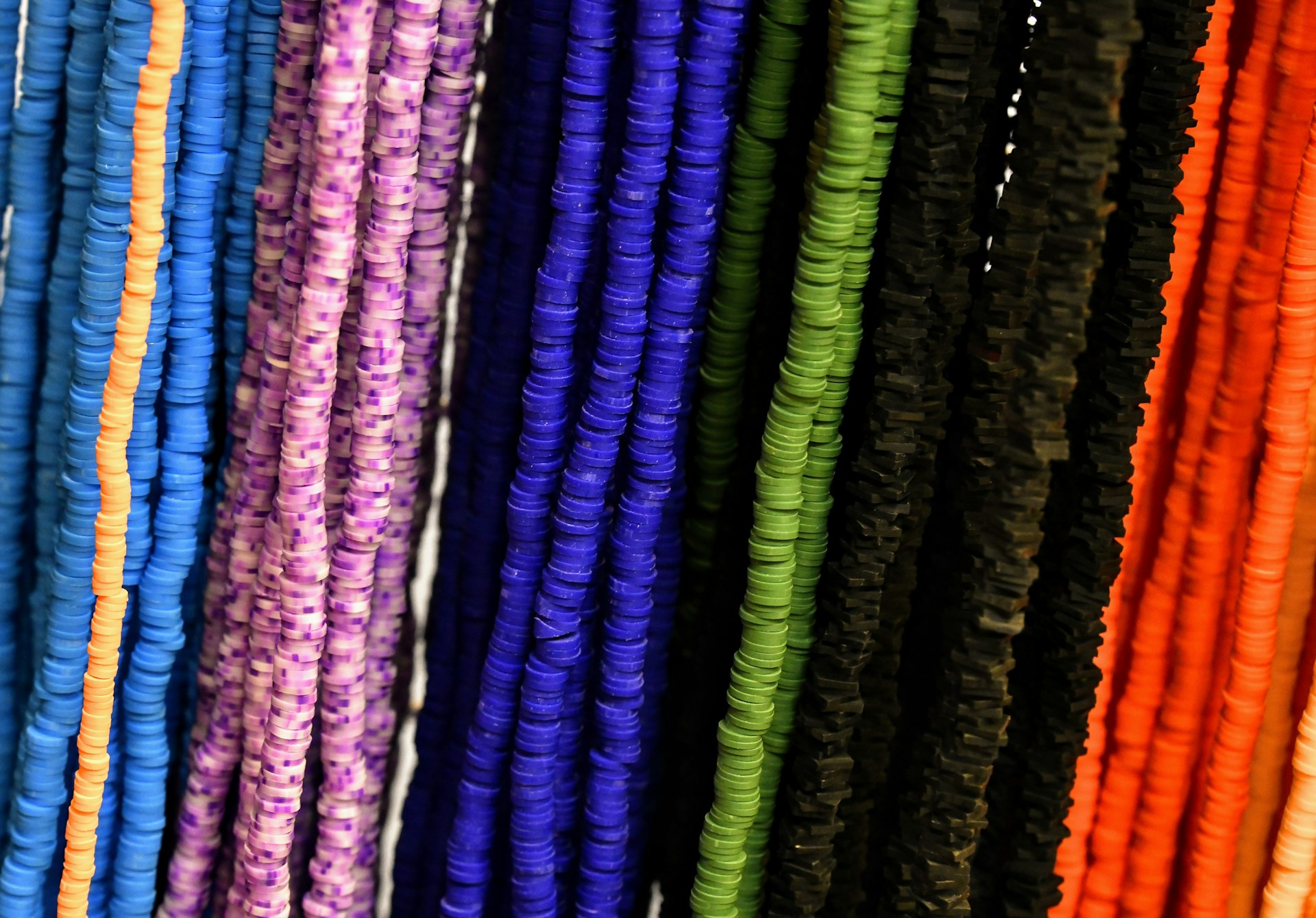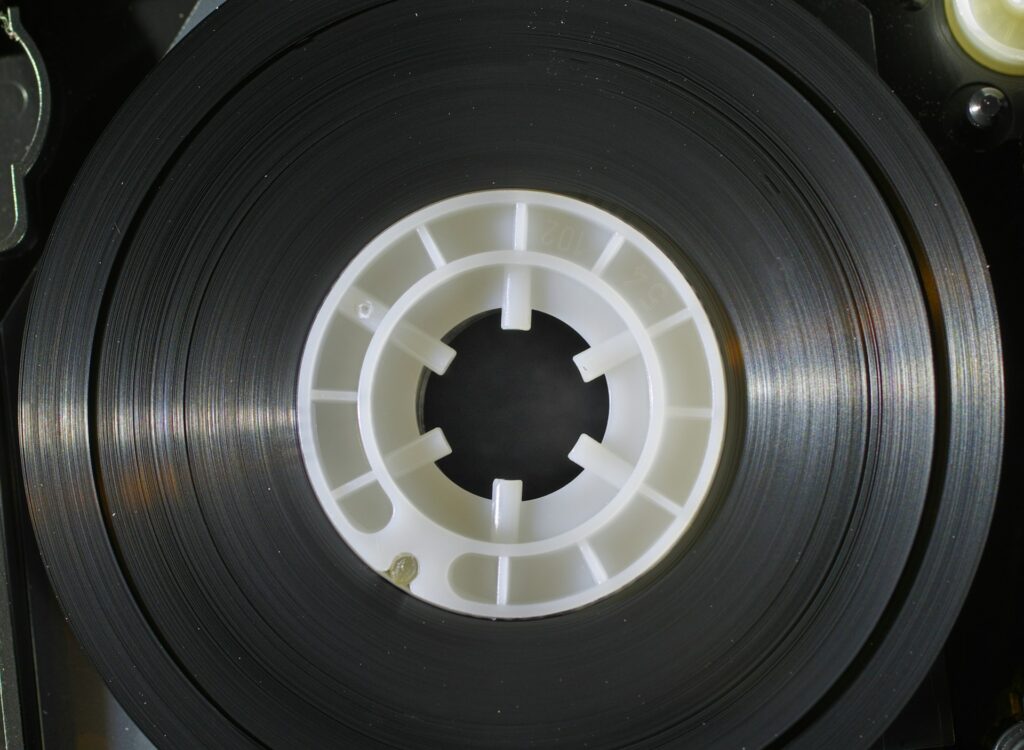Researchers led by the University of Massachusetts Amherst, with collaborators from Massachusetts Institute of Technology, North Carolina State University, Stanford University, Oak Ridge National Laboratory, Argonne National Laboratory and Rice University, discovered that polymers filled with imperfect graphite oxide, rather than perfect graphite, exhibit significantly improved heat transfer performance.
Polymers, widely used for their light weight and ease of processing, are central to a range of technologies; from microchips to flexible electronics. However, their low inherent thermal conductivity often leads to overheating and reduced performance. Engineers usually have looked to improving heat transfer by including highly conductive fillers such as metals or carbon-based materials into the polymer matrix. The logic seemed straightforward: better fillers should mean better heat dissipation.
The recent study challenges this assumption. The research team compared polymer composites made from polyvinyl alcohol (PVA) by introducing two types of thermally conductive fillers at a 5% volume fraction: one set with perfect graphite and the other with defective graphite oxide. Although pure graphite exhibits thermal conductivity nearly five times higher than its defective counterpart, the composite containing graphite oxide outperformed the one with graphite by 160%. The research, published in Science Advances can be found here:
Zhou, Y., Ciarla, R., Boonkird, A., Raza, S., Nguyen, T., Zhou, J., Osti, N. C., Mamontov, E., Jiang, Z., Zuo, X., Ranasinghe, J., Hu, W., Scott, B., Chen, J., Hensley, D. K., Huang, S., Liu, J., Li, M., & Xu, Y. (2025). Defects vibrations engineering for enhancing interfacial thermal transport in polymer composites. Science Advances, 11(4). https://doi.org/10.1126/sciadv.adp6516
The study combined experimental measurements with theoretical models, including neutron scattering, quantum mechanical modeling, and molecular dynamics simulations, to investigate how filler defects affect thermal transport. The results indicate that the rougher surfaces of imperfect graphite oxide prevent polymer chains from packing too tightly at the interface. This looser arrangement is reported to improve vibrational coupling; a key mechanism that facilitates more efficient heat transfer across the composite.
“We measured perfect fillers (graphite) on their own have high thermal conductivity of roughly 292.55 W m-1 K-1 compared to only 66.29 W m-1 K-1 for defective ones (graphite oxide) on their own—a nearly fivefold difference,”
says Yijie Zhou, the lead author and a mechanical engineering graduate student at UMass Amherst.
Yanfei Xu, an assistant professor of mechanical and industrial engineering at UMass Amherst and corresponding author of the study, explained,
“Understanding thermal transport mechanisms in polymeric materials has been a long-standing challenge, partly due to the complicated polymer structures, ubiquitous defects, and disorders,”
This discovery is further supported by insights from colleagues at North Carolina State University.
“Defects, at times, act as bridges, enhancing the coupling across the interface and enabling better heat flow,”
says Jun Liu, associate professor in the Department of Mechanical and Aerospace Engineering at North Carolina State University. Liu went onto say:
“Indeed, imperfection can sometimes lead to better outcomes.”
With the electronics industry constantly pushing for devices that can operate at higher speeds without overheating, this approach to material design could lead to a new class of polymers with ultrahigh thermal conductivity.
The study represents a broad collaboration among researchers from several leading institutions.
- From the University of Massachusetts Amherst, contributions came from Yijie Zhou, Robert Ciarla, Weiguo Hu , Brendan Scott, and Yanfei Xu.
- At the Massachusetts Institute of Technology, Artittaya Boonkird, Thanh Nguyen, and Mingda Li.
- North Carolina State University was represented by Saqlain Raza and Jun Liu.
- Stanford University’s contribution came through Jiawei Zhou.
- The Oak Ridge National Laboratory team included Naresh C. Osti and Eugene Mamontov, Jihua Chen and Dale K.
- Researchers from the Advanced Photon Source at Argonne National Laboratory, Zhang Jiang and Xiaobing Zuo.
- Rice University’s involvement was led by Jeewan Ranasinghe and Shengxi Huang.

Hassan graduated with a Master’s degree in Chemical Engineering from the University of Chester (UK). He currently works as a design engineering consultant for one of the largest engineering firms in the world along with being an associate member of the Institute of Chemical Engineers (IChemE).



